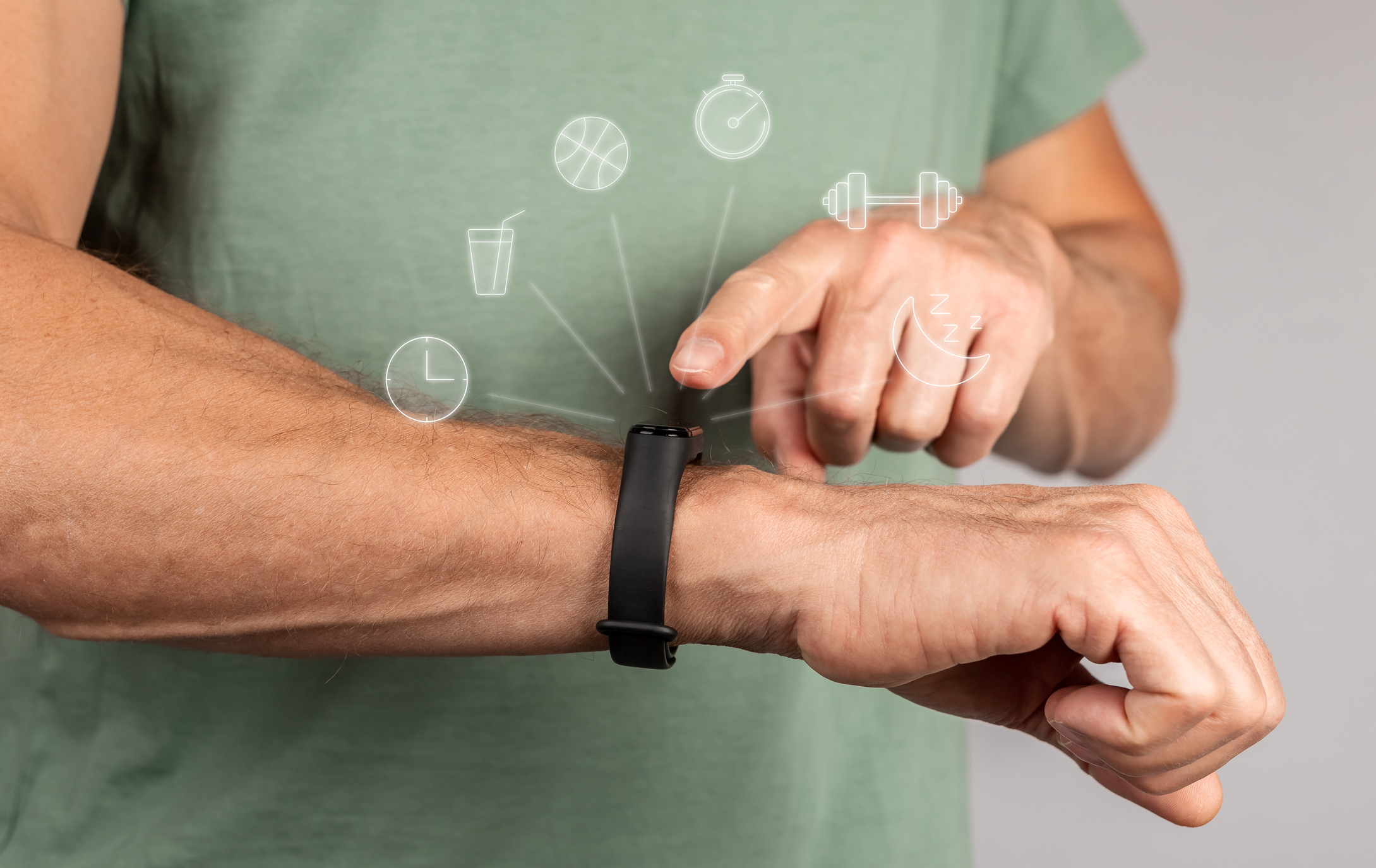Wearable Devices for Monitoring Ocular Wellness
Introduction
In today’s digital age, wearable technology has extended its reach beyond fitness tracking and smartwatches to encompass a new frontier: ocular health monitoring. With the rise of eye-related conditions and the increasing demand for proactive healthcare solutions, wearable devices tailored for monitoring eye health have emerged as promising tools for individuals seeking to safeguard their vision. This article explores the evolution of wearable devices for ocular health monitoring, their functionalities, and the potential benefits they offer in maintaining optimal eye wellness.
The Evolution of Ocular Health Wearables
Traditionally, monitoring eye health involved periodic visits to an ophthalmologist or optometrist for comprehensive examinations. While these appointments remain essential, wearable devices now offer continuous, on-the-go monitoring capabilities, providing users with valuable insights into their ocular health status in real-time.
Functionality and Features
Wearable devices for monitoring eye health come in various forms, each offering unique functionalities tailored to different aspects of ocular wellness. These devices may include:
- Smart Contact Lenses: Equipped with miniature sensors, smart contact lenses can monitor intraocular pressure (IOP), a key indicator of conditions such as glaucoma. By continuously measuring IOP throughout the day, these lenses provide early detection of pressure fluctuations, enabling timely intervention and management.
- Ocular Imaging Devices: Some wearable devices incorporate miniature cameras or imaging sensors that capture high-resolution images of the retina and optic nerve. These images can help detect abnormalities such as retinal degeneration, diabetic retinopathy, and optic nerve damage, facilitating early diagnosis and treatment.
- Blue Light Filtering Glasses: With prolonged exposure to digital screens becoming ubiquitous, wearable glasses equipped with blue light filtering technology help reduce eye strain and minimize the potential long-term effects of blue light exposure, such as digital eye fatigue and macular degeneration.
- Sleep Tracking Masks: Adequate sleep is crucial for ocular health, as it allows for proper lubrication and regeneration of the eyes. Wearable sleep tracking masks monitor sleep patterns and provide insights into sleep quality, helping users optimize their sleep habits for improved eye health.
Benefits of Ocular Health Wearables
- Early Detection and Prevention: By continuously monitoring key parameters such as IOP and retinal health, wearable devices facilitate early detection of ocular conditions, allowing for timely intervention and preventive measures.
- Personalized Insights: Wearable ocular health devices provide users with personalized data and insights into their eye health metrics, empowering them to make informed lifestyle choices and proactive healthcare decisions.
- Convenience and Accessibility: With wearable devices, ocular health monitoring becomes seamless and convenient, allowing users to track their eye health status anytime, anywhere, without the need for frequent clinic visits.
- Enhanced Awareness and Education: By raising awareness about ocular health and encouraging regular monitoring, wearable devices contribute to a proactive approach to eye care, fostering a culture of prevention and wellness.
Conclusion
Wearable devices for monitoring eye health represent a promising frontier in the realm of ocular wellness, offering personalized, real-time insights and empowering users to take proactive steps towards maintaining optimal vision. As technology continues to evolve, these devices hold the potential to revolutionize how we monitor and manage ocular health, paving the way for a future where vision care is more accessible, convenient, and proactive than ever before.
World Eye Care Foundation’s eyecare.live brings you the latest information from various industry sources and experts in eye health and vision care. Please consult with your eye care provider for more general information and specific eye conditions. We do not provide any medical advice, suggestions or recommendations in any health conditions.
Commonly Asked Questions
When selecting a wearable device for monitoring eye health, consider factors such as the specific metrics it tracks, compatibility with your lifestyle, user interface, and reviews from other users or healthcare professionals.
Privacy is an important consideration with wearable devices, especially those that collect personal health data. Manufacturers prioritize data security and often implement measures to protect user privacy, such as encryption and data anonymization.
Some wearable devices, particularly those with ocular imaging capabilities, can help detect signs of eye diseases such as macular degeneration by capturing high-resolution images of the retina and optic nerve.
The accuracy of wearable devices varies depending on factors such as sensor technology, calibration, and user compliance. While they provide valuable data, they may not always be as precise as clinical measurements.
While wearable devices provide valuable insights into ocular health, they are not intended to replace comprehensive eye exams conducted by qualified eye care professionals. Regular exams remain crucial for detecting and managing eye conditions.
While most wearable devices are designed for adults, there is ongoing research and development into wearable technologies tailored for monitoring children’s eye health. These devices aim to address unique pediatric eye health needs.
Blue light filtering glasses can help reduce eye strain caused by prolonged screen exposure by blocking harmful blue light wavelengths. Many users report experiencing less fatigue and discomfort when using these glasses.
Yes, some wearable devices, such as smart contact lenses, can monitor intraocular pressure fluctuations, which are a key indicator of conditions like glaucoma. Early detection allows for timely intervention and management.
Smart contact lenses are designed with safety in mind and undergo rigorous testing to ensure they meet industry standards. However, it’s essential to follow proper hygiene practices and consult with an eye care professional before using them.
Wearable devices utilize various sensors and technologies to track parameters such as intraocular pressure, retinal health, and sleep patterns, providing real-time insights into ocular wellness.
news via inbox
Subscribe here to get latest updates !








